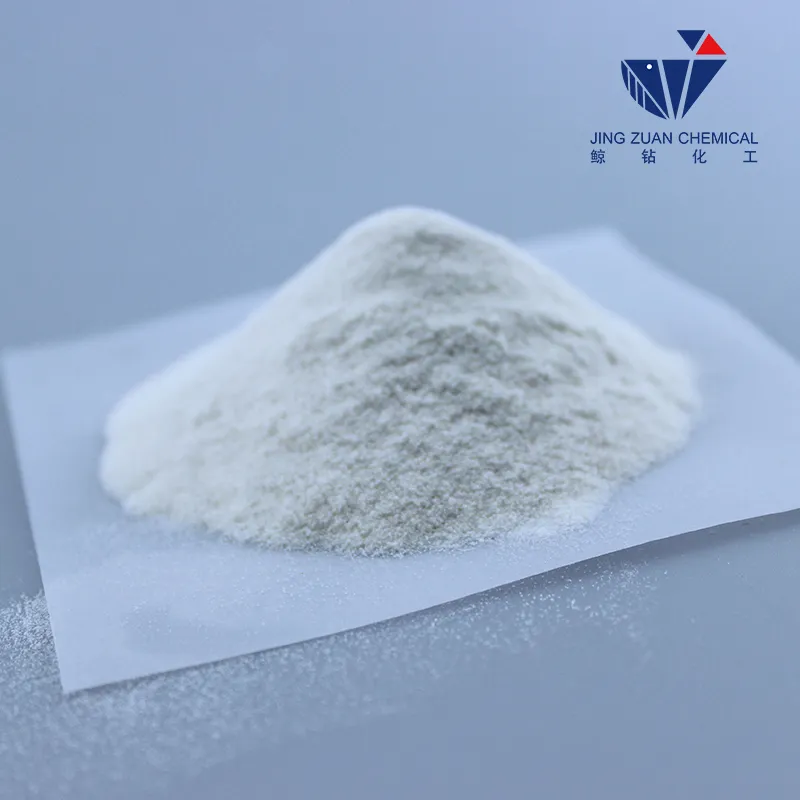
Dec . 11, 2024 22:18 Back to list
hpmc for mortar
Understanding HPMC for Mortar Applications and Benefits
Hydroxypropyl Methylcellulose (HPMC) is a versatile and widely used cellulose derivative that plays a significant role in the construction industry, especially in the formulation of mortars. This article explores the characteristics, applications, and benefits of HPMC in mortar formulations, helping readers understand why it is a popular choice among construction professionals.
What is HPMC?
HPMC is a non-ionic polymer made from cellulose through a series of chemical modifications. It is soluble in water and forms a gel-like substance, which provides beneficial properties to various applications, including in construction. Its unique attributes, such as improved workability, adhesion, and water retention, make it an invaluable additive in the production of mortars.
Applications of HPMC in Mortar
1. Improved Workability One of the primary reasons HPMC is added to mortar mixes is to enhance workability. When mixed with water, HPMC forms a thick paste that allows for easy application and manipulation of the mortar. This property is particularly important for tiling and plastering applications, where a smooth and uniform application is desired.
2. Water Retention Another significant benefit of incorporating HPMC into mortar is its excellent water retention capability. HPMC can hold moisture for extended periods, allowing for better curing conditions. This is crucial, as proper hydration is essential for the cement in mortar to achieve its optimal strength and durability.
3. Enhanced Adhesion HPMC improves the adhesion properties of mortars, ensuring that tiles and other materials bond effectively to the substrate. This enhanced adhesion is particularly beneficial in applications where mortars need to support heavy loads or resist shear forces, such as in flooring and wall coverings.
4. Extended Open Time Mortars containing HPMC typically have a longer open time, allowing construction workers to adjust and reposition tiles without the need for immediate setting. This is especially advantageous when working on large projects where precision and alignment are crucial.
hpmc for mortar

5. Resistance to Cracking The inclusion of HPMC can also help in reducing the risk of cracking in mortars. By improving flexibility and enhancing the overall mechanical properties of the mortar, HPMC-contributed mixes can withstand temperature variations and structural movements without compromising performance.
Benefits of Using HPMC in Mortars
1. Versatility HPMC is compatible with various other additives, which allows for flexibility in mortar formulations. This versatility enables manufacturers to create tailored products that meet specific performance requirements.
2. Eco-Friendly Option As a plant-based product, HPMC is considered more environmentally friendly compared to some synthetic alternatives. Using HPMC in construction helps in reducing the overall carbon footprint of a project.
3. Cost-Effectiveness The properties imparted by HPMC can lead to cost savings in construction. Enhanced workability and adhesion reduce labor time and material wastage, making it a cost-effective choice for construction projects.
4. Regulatory Compliance Many construction projects require compliance with specific regulatory guidelines for materials used. HPMC is generally recognized as safe and meets various international standards, making it a reliable choice for contractors.
5. Global Adoption The use of HPMC in mortars is widely accepted across the globe. Its proven efficacy and consistent performance make it a staple in modern construction practices.
Conclusion
HPMC has become an essential additive in mortar applications due to its numerous benefits, including improved workability, water retention, and adhesion. As the construction industry continues to evolve, incorporating materials that enhance durability and performance is critical. HPMC not only meets these requirements but also serves as an eco-friendly alternative, ensuring that construction practices are both efficient and sustainable. For both builders and architects, understanding the advantages of HPMC can lead to better quality outcomes and greater project success.
-
Versatile Hpmc Uses in Different Industries
NewsJun.19,2025
-
Redispersible Powder's Role in Enhancing Durability of Construction Products
NewsJun.19,2025
-
Hydroxyethyl Cellulose Applications Driving Green Industrial Processes
NewsJun.19,2025
-
Exploring Different Redispersible Polymer Powder
NewsJun.19,2025
-
Choosing the Right Mortar Bonding Agent
NewsJun.19,2025
-
Applications and Significance of China Hpmc in Modern Industries
NewsJun.19,2025







